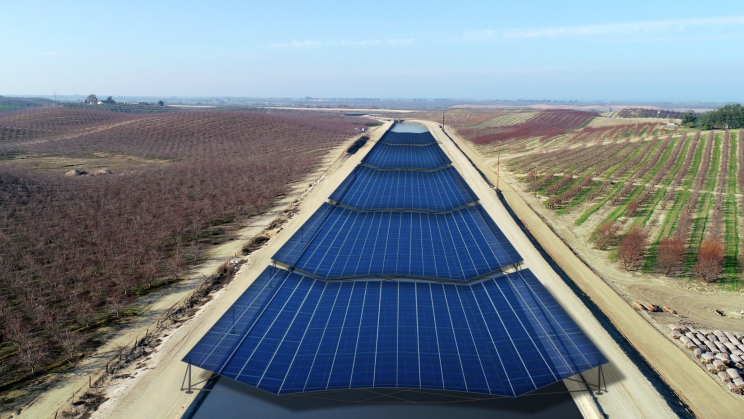While the color of zebras has always confused humans, who often wonder if zebras are black with white stripes or white with black stripes, scientists have also long wondered why zebras wear striped coats.
Recently, it was found that zebras can raise the fur of their black stripes to transfer heat away from the skin and regulate body temperature.
Now, using the zebra stripes as inspiration, scientists have created a device that produces electricity using contrasting shades as thermal conductors.
Researchers at the Gwangju Institute of Science and Technology (GIST) in South Korea have developed a flexible, biodegradable fiber-type thermoelectric generator (TEG) that produces electricity using contrasting shades.
Scientists used the temperature difference between black and white stripes to create a temperature gradient below the surface that in turn can generate electricity.
Biodegradable PLCL material was used to form white stripes which reflect sunlight and keeps the area below it cool. While PEDOT: PSS material which appears black to the eye provided the heat absorption required to create the temperature gradient underneath.
“Traditional TEG designs are large and bulky as they rely on natural convection, which leads to an out-of-plane temperature gradient,” explained Young Min Song, GIST professor and author of the study.
“This requires hard insulators, which limit the application of TEGs in flexible and wearable devices. We have now transcended this paradigm in our design by creating an in-plane device that is flexible and biodegradable. This increases its applicability while reducing its environmental impact by making it scalable, integrable, and sustainable.”
Researchers say that the prototype can generate continuous electricity 24 hours a day and the materials used dissolve completely within 35 days.







